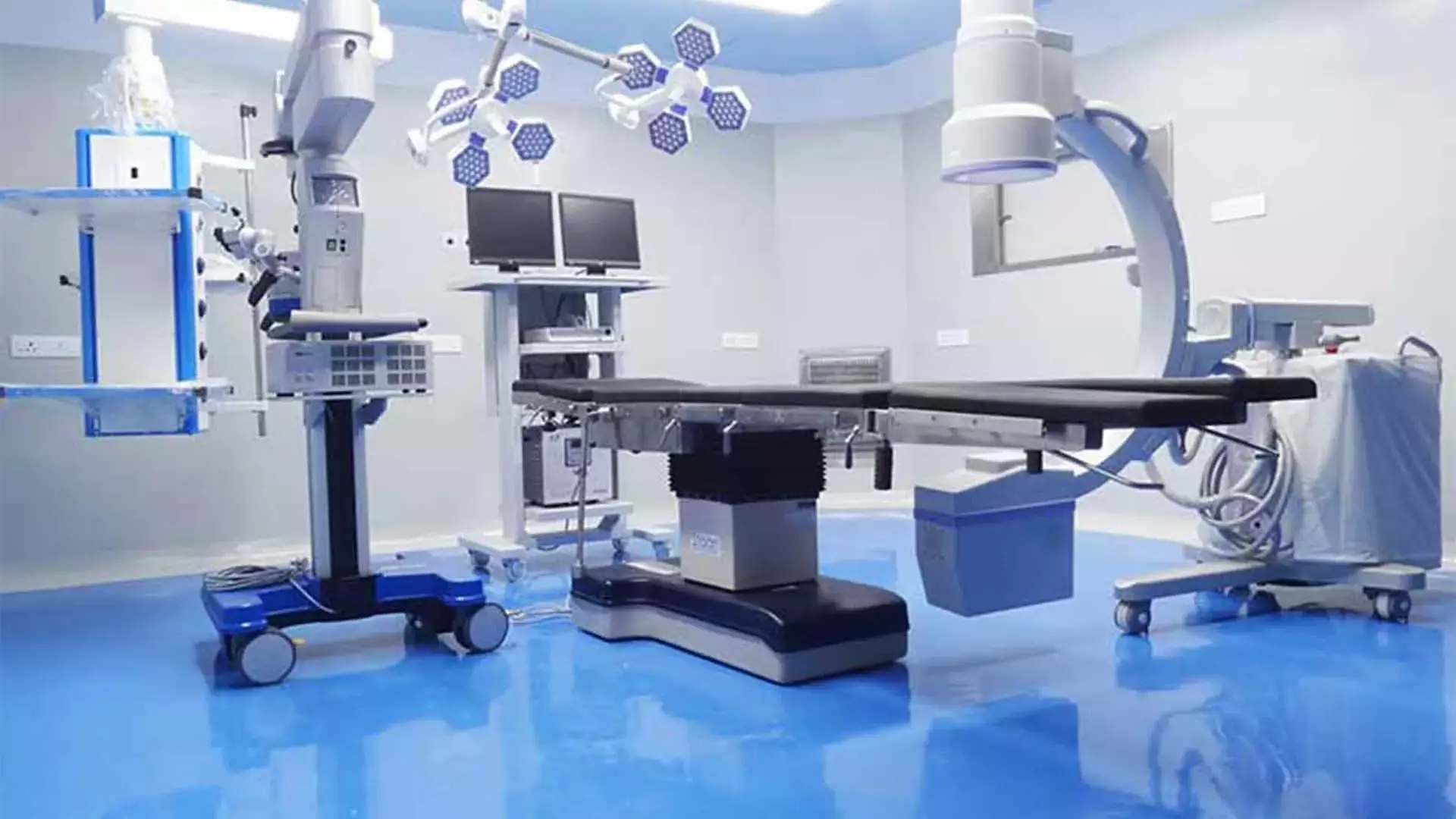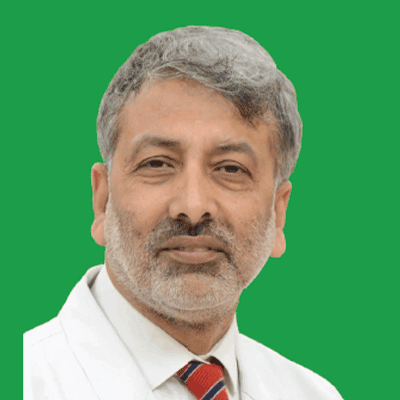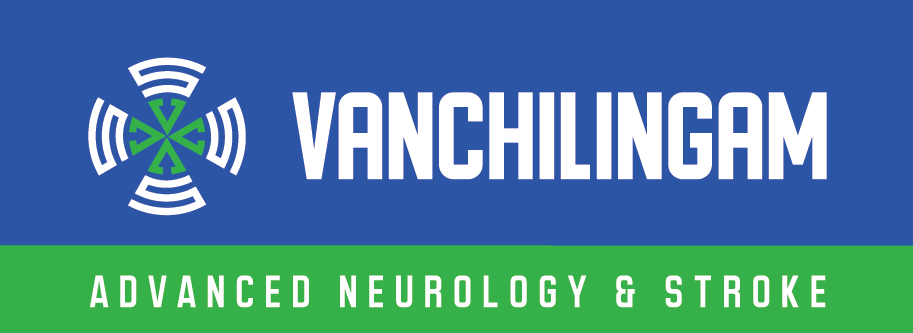Trigeminal Neuralgia Surgery: Long-Term Relief from Debilitating Facial Pain
Expert Facial Pain Surgery at Vanchilingam
- Microvascular Decompression (MVD) for durable, nerve-preserving relief in cases of vascular compression.
- Minimally invasive procedures including radiofrequency ablation, balloon compression, and glycerol injection.
- Non-invasive stereotactic radiosurgery for patients unfit for open surgery.
- High-resolution imaging and nerve mapping for precision-targeted treatment.
- Personalized care by expert neurosurgeons and facial pain specialists for optimal outcomes.
Trigeminal Neuralgia Surgery: Long-Term Relief from Debilitating Facial Pain
“From sharp shocks to lasting calm-surgical care that brings your face back to peace.”
Trigeminal Neuralgia causes intense, electric shock-like facial pain triggered by simple acts like talking or brushing teeth. When medications are no longer effective, surgical treatment offers a path to lasting relief. At Vanchilingam Advanced Neurology and Stroke Care, we specialize in advanced neurosurgical solutions to help patients live pain-free and regain control over their daily lives.
When Is Surgery Needed for Trigeminal Neuralgia?
Surgical intervention is considered when:
- Pain is not controlled by medication or causes severe side effects
- Pain episodes are frequent, long-lasting, or disabling
- Imaging confirms vascular compression of the trigeminal nerve
- Patients prefer a long-term solution with reduced medication dependence

Surgical Options for Trigeminal Neuralgia
Microvascular Decompression (MVD)
- A small craniotomy behind the ear allows your surgeon to separate the nerve from a compressing blood vessel using a soft Teflon pad
- Offers the highest long-term success rate
- Preserves nerve function without destroying tissue
- Ideal for younger or otherwise healthy patients with neurovascular compression
Partial Sensory Rhizotomy
- Involves selectively cutting pain-conducting fibers of the trigeminal nerve
- Reserved for patients who cannot undergo decompression or where MVD has failed
- May result in some degree of facial numbness
Stereotactic Radiosurgery (Gamma Knife or LINAC)
- Focused radiation targets the root of the trigeminal nerve to disrupt pain signals
- Non-invasive, outpatient procedure with gradual onset of pain relief
Our Surgical Process
- High-resolution MRI or MRA to identify vascular contact
- Pre-surgical neurological assessment for motor/sensory mapping
- Intraoperative microscopic guidance and nerve monitoring
- Post-surgical pain tracking and medication tapering as needed
- Ongoing support for residual or recurrent pain management
Why Choose Vanchilingam for Trigeminal Neuralgia Surgery?
- Specialist neurosurgeons experienced in facial nerve microdissection
- Microsurgical tools and neuronavigation for safe, effective outcomes
- Advanced imaging for accurate diagnosis and surgical planning
- Clear counseling on risks, outcomes, and post-op expectations
- Integrated pain management team for long-term care
What to Expect After Surgery
- MVD patients typically stay 2–3 days in the hospital
- Most experience immediate or early pain relief
- Mild headaches or numbness may occur initially
- Long-term success rates for MVD range from 80–90%
- Periodic follow-ups to monitor outcomes and taper medications
End the Pain. Restore Your Life.
Trigeminal Neuralgia surgery at Vanchilingam Advanced Neurology and Stroke Care provides more than relief-it offers restoration. With the right surgical approach, we help you regain comfort, confidence, and control over your daily life.
Schedule your surgical consultation today and take the first step toward freedom from facial pain.
Meet the Specialists
Our team of dedicated specialists brings years of expertise and a passion for delivering personalized care.
Real Experiences, Real Results
Discover how Dr. Vanchilingam Advanced Neuro & Stroke Hospital has transformed the lives of our patients. Also hear our specialists talk about the services and solutions we offer for various neurological issues.





OUR SPECIALITY
Acute Stroke Unit
The Acute Stroke Unit is an acute neurological ward providing specialist services for people who have had a new suspected stroke. On the Acute Stroke Unit we provide: Thrombolysis treatment -treatment is started in the Emergency Department and you will have the rest of your Treatment and monitoring on the Acute Stroke Unit
OUR SPECIALITY
Advanced Neuro ICU
A neuro ICU is an Intensive Care Unit which is particularly devoted to a high – quality care of patients with the neurological problems that are life-threatening in nature. The neuro ICU of our hospital is a complete state of the art and a full-fledged one designed to provide almost all sorts of advanced neurological care to the normal patients as well as the patients in the emergency.
OUR SPECIALITY
Advanced Neuro Imaging
Our radiology department is a state of the art department with all the necessary infrastructure that is essential for effectively dealing with the neuro and neurosurgery emergencies at its best. The advanced neuroimaging techniques used by our doctors are as discussed below.
OUR SPECIALITY
Neuro interventional Cath Lab
A neuro-interventional Cath lab in a neurodiagnostic Centre is a specialized catheterization laboratory which has all the necessary diagnostic imaging equipment that is particularly used for the purpose of visualization of the arteries, veins and other vascular malformations of the brain and spinal cord.
OUR SPECIALITY
Neuro-Surgery Operating Room
The neurosurgery operating room of Dr.Vanchilingam Hospital, Neurosurgery Hospital is a fully functional and a state of art one that has the adequate infrastructure for effectively carrying out even the most complicated neuro surgeries with ease.
What is Trigeminal Neuralgia and why is surgery considered?
Trigeminal Neuralgia is a condition that causes intense, electric shock-like facial pain, often triggered by everyday activities like talking or brushing teeth. Surgery is considered when medications fail to control the pain, cause severe side effects, or when imaging confirms vascular compression of the trigeminal nerve. It is also an option for those seeking long-term relief with reduced reliance on medications.
What are the surgical options available for Trigeminal Neuralgia at Vanchilingam Hospital?
We offer multiple surgical options based on patient condition. These include Microvascular Decompression (MVD), which separates the nerve from a compressing blood vessel; Partial Sensory Rhizotomy, where selective nerve fibers are cut; and non-invasive Stereotactic Radiosurgery (Gamma Knife or LINAC), which uses focused radiation to interrupt pain signals.
How effective is Microvascular Decompression (MVD) for Trigeminal Neuralgia?
MVD offers the highest long-term success rate among surgical options, with success rates ranging from 80–90%. It preserves nerve function and is ideal for healthy patients with confirmed neurovascular compression.
Who is eligible for Trigeminal Neuralgia surgery?
Candidates include those with frequent or disabling pain not managed by medication, those experiencing medication side effects, and patients with MRI-confirmed vascular compression. Surgical suitability is determined through detailed neurological and imaging assessments.
What is the recovery process like after Trigeminal Neuralgia surgery?
Patients undergoing MVD typically stay in the hospital for 2–3 days. Most experience immediate or early pain relief. Mild headaches or temporary numbness may occur initially. Regular follow-ups help monitor recovery and adjust medications as needed.
What makes Vanchilingam Hospital a preferred center for Trigeminal Neuralgia surgery?
Our neurosurgeons are experts in facial nerve microdissection, supported by advanced imaging, intraoperative nerve monitoring, and precision microsurgical tools. We offer individualized surgical plans, comprehensive pre- and post-operative care, and integrated long-term pain management.
What are the risks and outcomes associated with these surgical procedures?
While most patients experience significant pain relief, some procedures may carry a risk of facial numbness or require gradual pain resolution. Our team ensures patients are clearly informed about risks, benefits, and expected outcomes prior to surgery.











